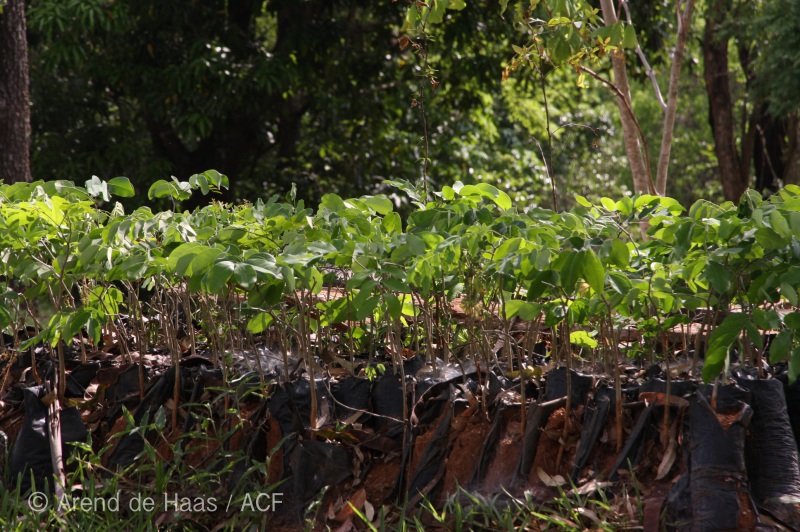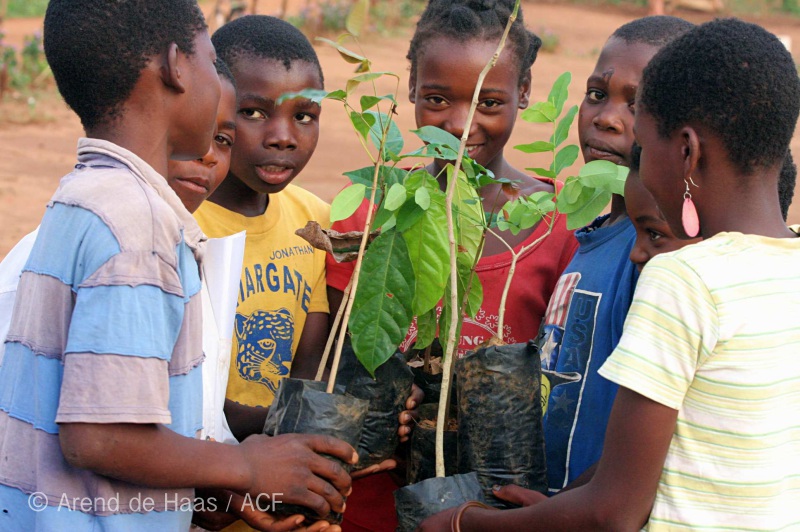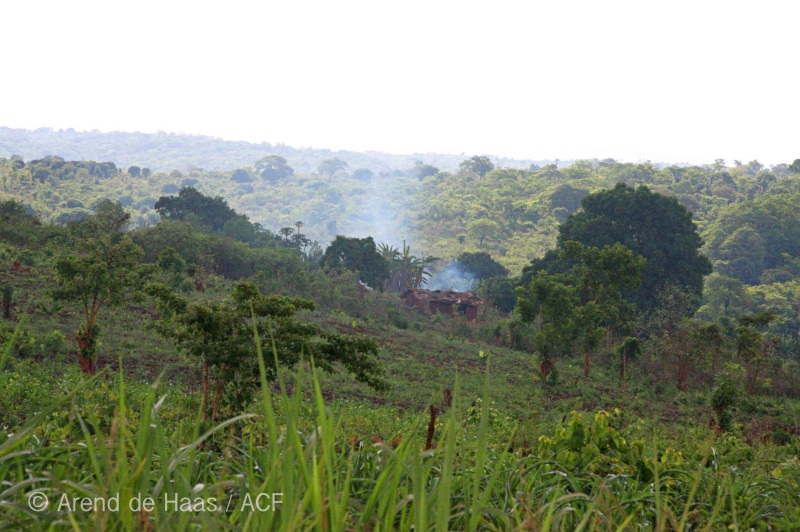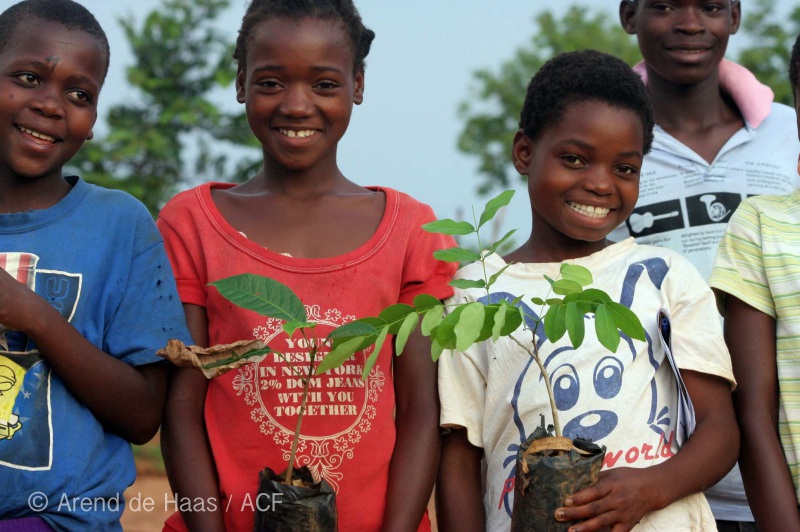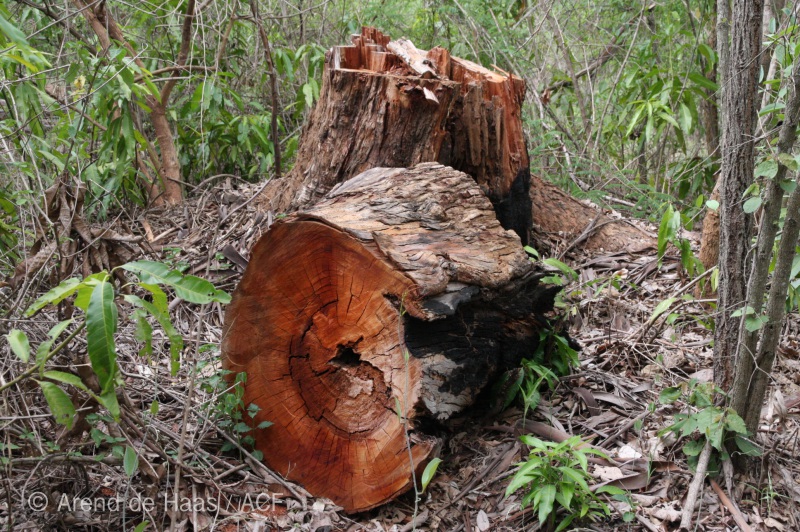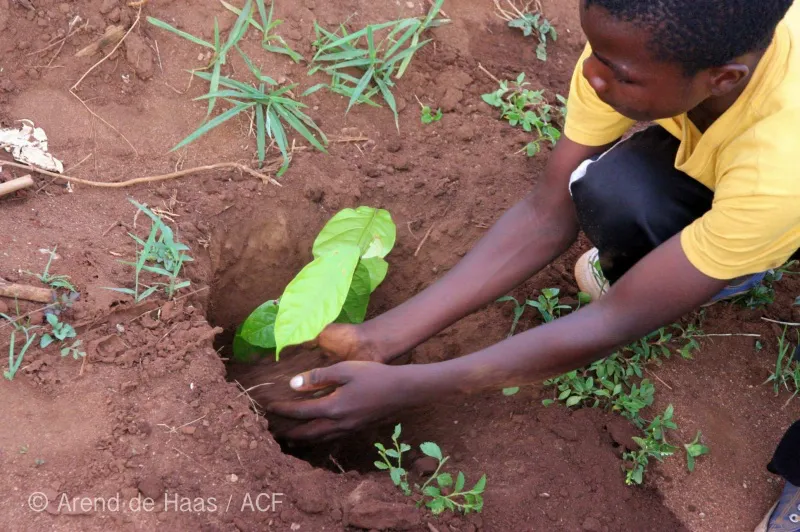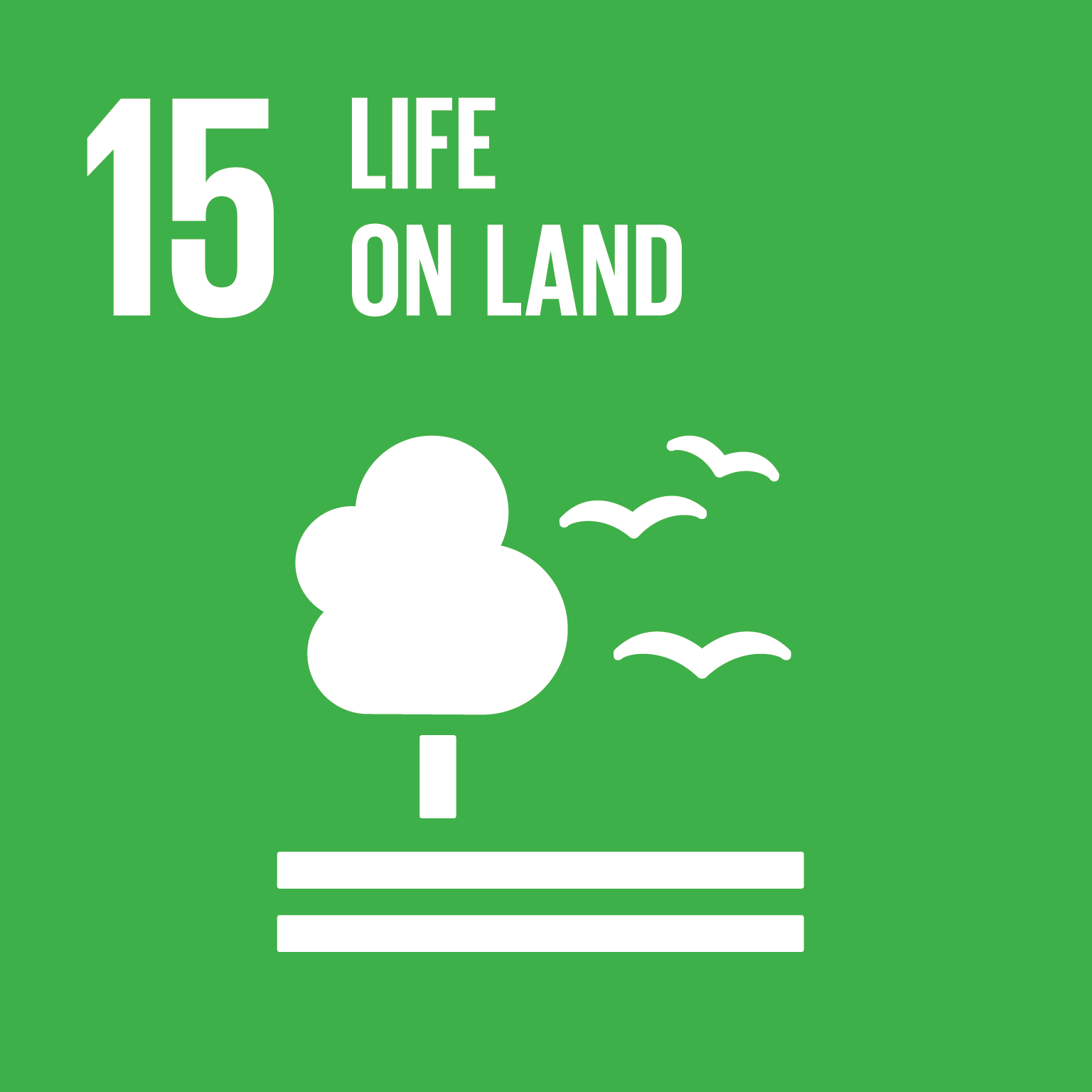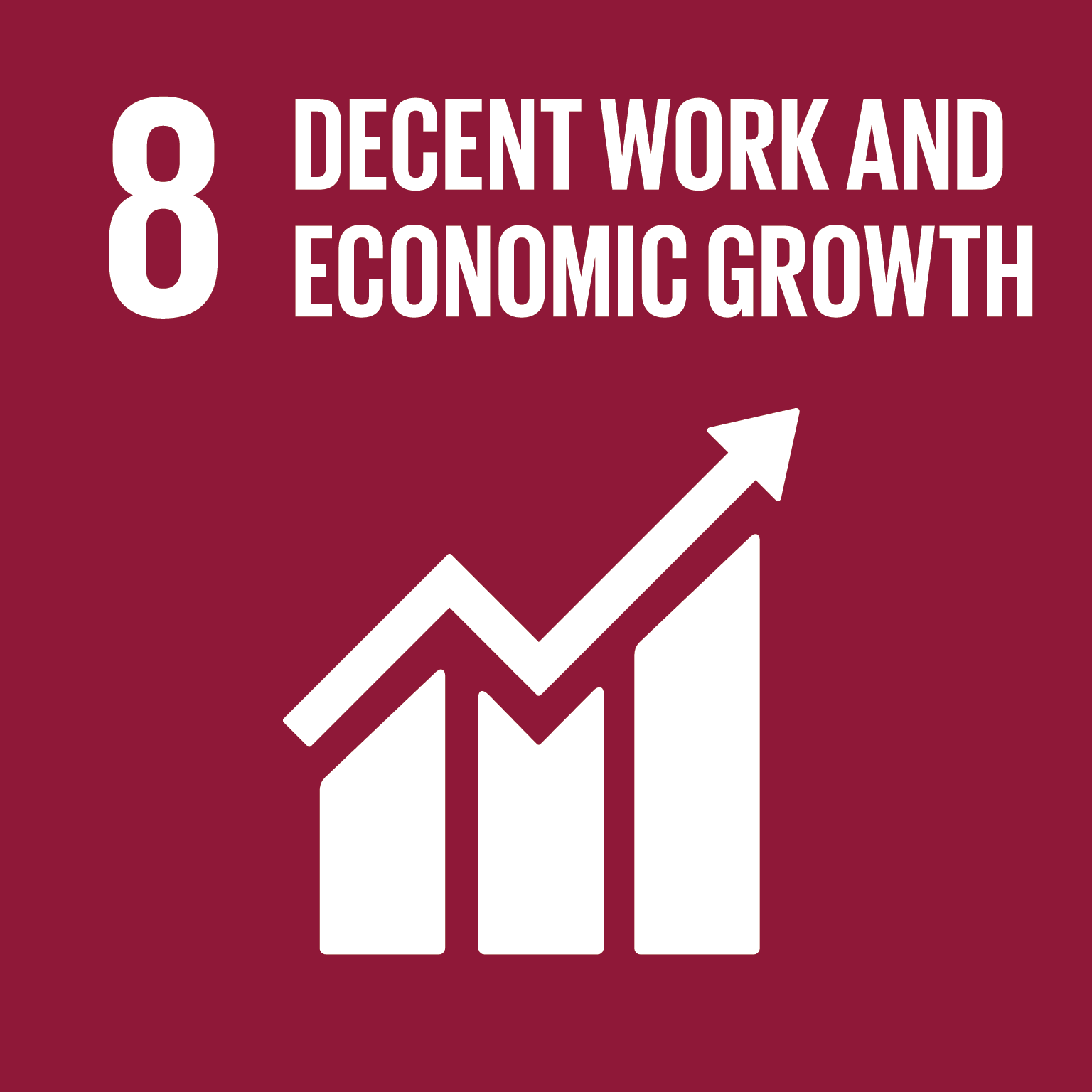Many of the native Miombo woodlands in Mozambique are vanishing because of human activity. This disappearance of wildlife habitat is disastrous for the species that depends on these trees for their survival in the form of shelter and food.
Endangered species
Vangas, Samango monkeys, Livingstone’s Turacos, Narina Trogons, African Golden Orioles
Habitat
Miombo Forest
Nhamacoa Forest, Mozambique
Size of area
100 ha
Carbon
? mT
Partner
Trees4Moz
The Problem
The Nhamacoa Forest is a remnant of a once enormous Miombo woodland destroyed by human activities. It is completely surrounded by subsistence farmers and their fields. As local wildlife is using the forest as a refuge and is trapped inside the area, it is essential to increase their habitat.
Illegal logging is an on-going problem as the machamba owners (farmers and landowners) turn to charcoal making to supplement their incomes. There is a great local demand for charcoal. Uncontrolled fires are the biggest threats to the local forest. Without protection, the Nhamacoa Forest and its wildlife will eventually disappear, leaving the local communities with a desert landscape.
What we do
Reforestation, tree planting, forest restoration, livelihood development, education, climate change mitigation
The project establishes trees nurseries and a community based reforestation programme in the area. Involving the local communities to grow trees instead of chopping them down will benefit the local economy and ecosystem, including the animals and plant life.
Mozambique is experiencing a rapid decline in food security due to impact of climate change and extreme weather variability. The project seeks to improve livelihood and enhance food security among vulnerable groups in the area. An apiculture project will add a key social enterprise that contributes to improved food security, household incomes, and conservation of biological diversity. The project provides training, materials and ongoing value chain and marketing support.
Beekeeping in wooded areas will also be a large incentive to prevent the destruction of forested areas, which are burnt by uncontrolled fires annually during the dry season. The beehives will protect the forest because community members will not set fire to a forest when their beehives are inside. The forests are needed for honey production and honey producers do not want their investment and source of income destroyed.
Sustainable Development Goals
Our project contributes to the following UN Sustainable Development Goals.


